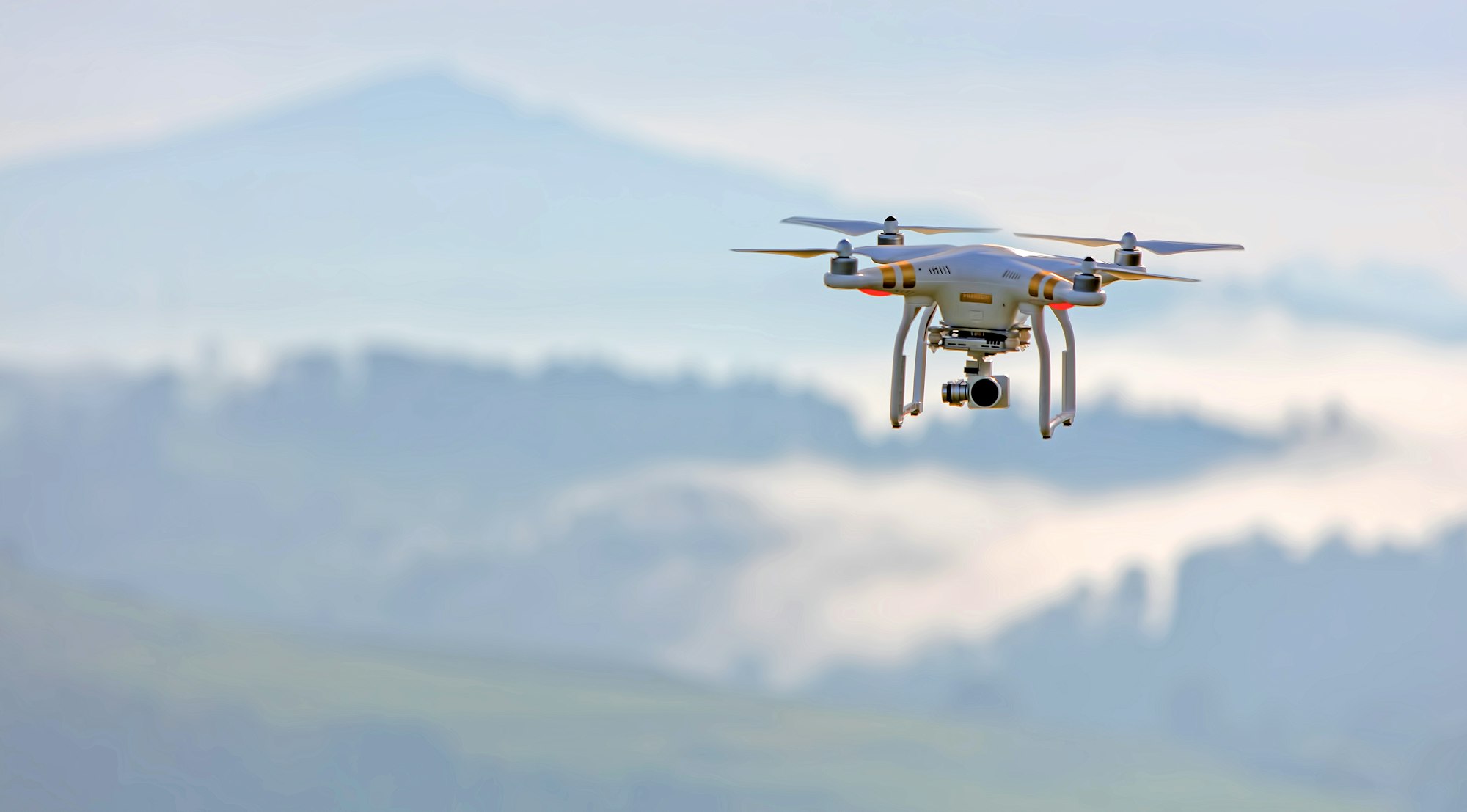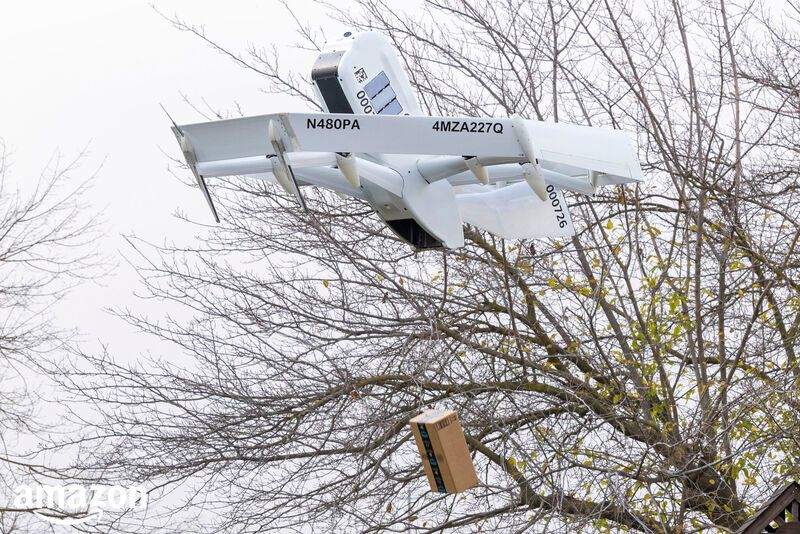With Only 100 Drone Deliveries, Amazon's Prime Air Is Lagging Behind Its Rivals

Amazon's ambitious plans for drone delivery have fallen far short of expectations, with the company completing only 100 deliveries in two small U.S. markets since its launch in late December or about 1% of its initially projected 10,000 deliveries by the end of the year.
With only 100 deliveries completed in the first five months of 2023, Amazon is moving at a sluggish pace compared to its competitors. Zipline, for example, has achieved 600,000 deliveries, while Alphabet's Wing has made over 330,000. Even DroneUp, Walmart's drone delivery partner, has completed 110,000 deliveries, including 6,000 in the previous month.

The stark contrast in performance can be attributed to regulatory hurdles imposed by the Federal Aviation Administration and a lack of widespread adoption. Despite being one of the five drone firms with FAA Part 135 air carrier certification, Amazon still faces restrictions on flying at night, over people and roads, and beyond the visual line of sight (BVLOS) of a ground observer.
Meanwhile, Zipline enjoys an expansive air carrier approval and advanced detect-and-avoid system, operates BVLOS and over people, enabling its drones to fly in areas where Amazon's cannot. Also, Wing has similar permissions, allowing it to expand its services in the U.S. and abroad. Meanwhile, DroneUp operates within a 1.5-mile radius under FAA Part 107 and is seeking to enhance capabilities through partnerships for BVLOS flights.
Despite these setbacks including layoffs within its Prime Air division, Amazon remains committed to its drone delivery business. However, achieving success will require more time and effort than initially anticipated.







